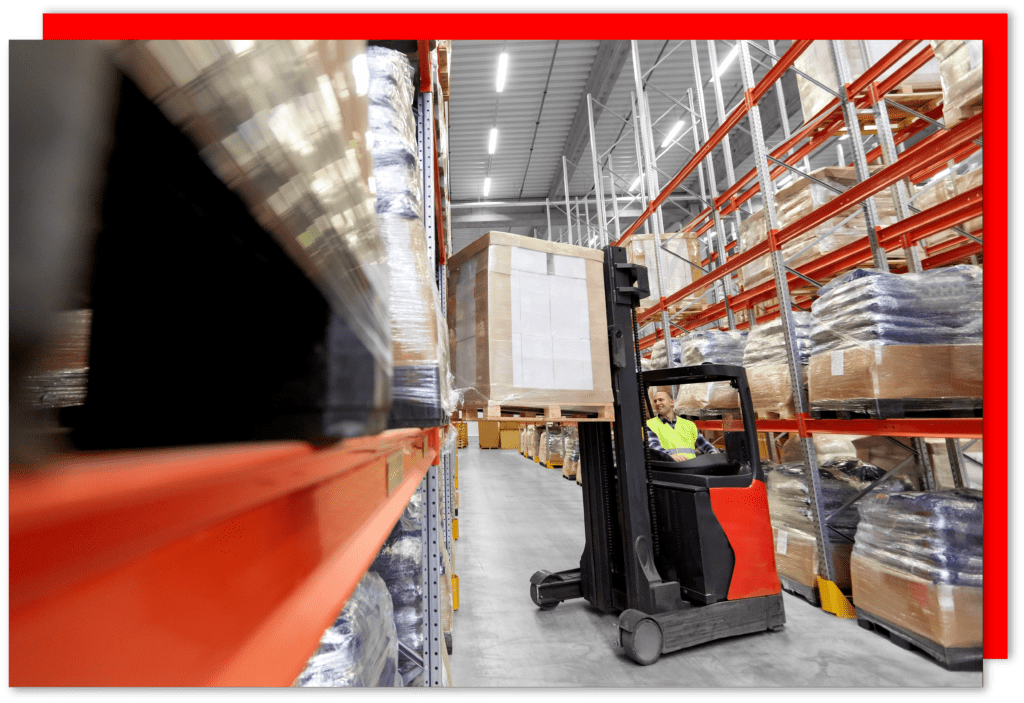Evidence shows simple changes to the way risk is managed can lead to positive outcomes
In a recent SHP article, author Tim Marsh presented his analysis of the noticeable improvements in driver safety that have been achieved in Formula 1. The sport was making headlines for decades as drivers were tragically killed or injured, and the mid-1990s led to a new focus.
Riskex’s health and safety system, AssessNET, has been used for a number of years by three F1 teams. Having observed the teamwork involved to reconstruct an F1 car in the garage during pre-season testing sessions, this is an impressive testament to how seriously F1 now takes staff training and safety.
In 2014, we wrote in an earlier Riskex blog, “Extraordinary levels of teamwork are on show in the F1 garage environment, and a health and safety system is essential. Think of your local mechanic’s garage. Radio blaring, shouting back and forth, dirty and oily, lots of banging and general hubbub. F1 is another planet. Silence reigns, with the occasional click of a finely honed part being slid into place. Teamwork like I’ve never seen before – perhaps 20 people, predominantly without speaking, rebuilding a car from the chassis up, each person knowing their role in the perfect order and speed, out of each other’s way and communicating with hand signals. It was truly beautiful to watch and a privilege to witness. Health and safety in that space is paramount, with risk assessments essential for all stages. The Health and Safety Officer is part of the team, ensuring the process works with safety at speed.” The Health and Safety Officer at the time told us, “AssessNET saves us so much time.” And time matters in F1 – a lot.
In the SHP article (which you can access here), Tim Marsh wrote, “The bald facts are these. Formula 1 averaged more than a death a year for decades before the San Marino Grand Prix in 1994. Infamously, the dramatic improvement began there as it is, infamously, when both Ayrton Senna and Roland Ratzenberger died and a third driver, Rubens Barrichello, was badly injured.
However, since 1994 there has been just the one death in 28 years. (The Frenchman Jules Bianchi in Japan in 2014). By any measure that’s something of an impressive step change and transpires it came from a combination of both ‘top-down’ and ‘bottom up’ methodologies.
The Top-Down Element
Many press conferences were held directly following the crashes by the likes of Max Mosley, Bernie Ecclestone and others. What they said can be summarised as: “This is a personal tragedy for the families of Ayrton and Roland, but also a disaster for Formula 1 itself. Nothing like this can happen again or it could be the end of the sport. So, we insist our world class engineers turn their expertise to safety as well as to speed and, more than that, then share any innovations that they come up with”.
Now this is, of course, at a glance was simply a variation on the 1001 ‘never again’ presentations we’ve all seen that sound good but come to absolutely nothing. However, this proved an exception. Subsequent innovations included deeper tyre walls, longer run off areas, head and neck braces, better PPE, enhanced survival cells, wheel tethers, halos, F1’s version of the ‘black box’ and others.
I’m no motoring expert to discuss the merits of each but as above, the figures speak for themselves.
The ‘Bottom Up’ Element
What is less well known is that some months later, at the German GP in July, another incident made the front pages – largely because of the hugely spectacular photographs. (It led to only the driver losing his eyebrows and many a power-point slide about the vital importance of PPE has used it!).
What’s most interesting from a cultural perspective, however, is that the investigation showed that, amongst other factors like a fumbled attachment, a fuel filter had been removed by a relatively lowly ‘trying to be helpful’ mechanic to speed up petrol flow by a fraction of a second. You might ask why anyone would risk something like this to save a few tenths of a second but it’s worth remembering that the world record for a pit stop is 1.82 seconds (Red Bull). This ludicrously quick figure did not of course involve refuelling as well as a tyre change but you get the idea. This really isn’t a Kwik-Fit ‘get yourself a coffee mate and come back in half an hour’ situation but one where fractions of a second count.
Commentators like the aforementioned Mark Gallagher have suggested that in retrospect, it’s become clear that understanding the vital importance of engaging with and empowering the most front-line staff proved as important as leadership in the success story.
Key Learning
One of the great frustrations of safety consultancy is the client looking for a magic bullet that will somehow have their workers simply ‘pay more attention and/or take more care’. This can certainly be achieved for a week or so by having someone like my esteemed business partner Jason Anker give a powerful talk but we all know that lasting change requires astute and targeted change to the physical working environment and/ or culture.
So, the key learning point is that despite the hugely impressive figures quoted above not a single driver has “slowed down” by as much as a fraction. The success story is not about the drivers at all but all about the change to the way the risk of driving an F1 car is managed.
Postscript
It’s also worth mentioning that the post Bianchi push to greater safety has centred on the power of data analysis – after the event and in real time – and the use of sophisticated simulation technology. (Worth mentioning as these are both rapidly emerging fields generally). Today, the first time a young F1 driver drives a notoriously ‘dangerous’ circuit it’s simply not actually anywhere near as dangerous as it was. However, more than that, it’s already the 101st time they’ve ‘driven’ it and they already know exactly what might go wrong, where, when and why. This pro-active approach of course delivers lots of opportunities to work upstream of the accident and ‘break the chain’.












